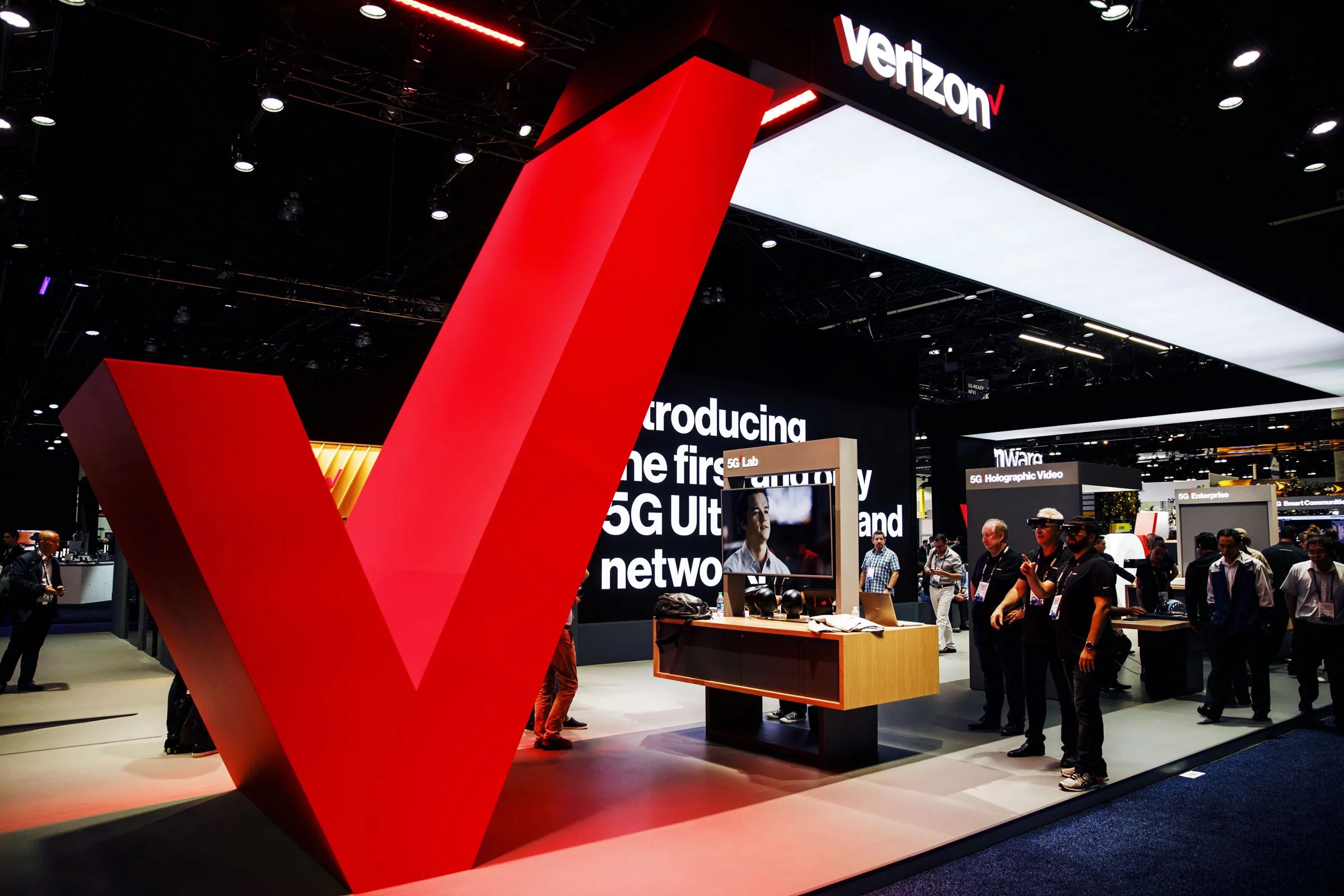New York – Verizon, one of the nation’s largest telecommunications providers, confirmed late Monday that its cellular network has been fully restored after a widespread outage left thousands of customers without service for several hours. The outage, which began around mid-morning, affected numerous areas across the U.S., with many users unable to make calls, send texts, or access mobile data.
In a formal statement, Verizon addressed the disruption, stating, “Verizon engineers have worked diligently to resolve today’s network issue that affected a portion of our customer base. We are happy to report that services have returned to normal. If any customers are still experiencing difficulties, we encourage them to restart their devices. We regret the inconvenience caused and greatly value your patience.”
The incident first came to light shortly after 11 a.m. ET, with DownDetector logging over 100,000 complaints from Verizon users nationwide. A significant number of the reports were from iPhone users, who found their phones stuck in “SOS” mode—a feature that limits service to emergency calls only. This left customers unable to use the network for anything other than emergency communication.
As Verizon holds a substantial subscriber base of over 114 million people across the United States, the outage caused widespread concern. Customers in both rural and urban areas found themselves without connectivity, leading to a surge of complaints on social media. On X, the platform formerly known as Twitter, users vented their frustrations, with many pointing out the lack of real-time updates from Verizon during the height of the disruption.
This outage is not an isolated event in the telecommunications industry. Earlier in 2024, Verizon’s major competitor, AT&T, also suffered multiple outages. A significant incident in February saw AT&T’s services down for over 11 hours due to a technical error during a network update. With such incidents becoming more frequent, questions are being raised about the stability and resilience of modern communications infrastructure.
According to industry experts, network outages can be triggered by a range of factors. These include high levels of traffic in major metropolitan areas, software issues that arise during system updates, and more complex technical failures. However, telecom companies are often reluctant to share specific details regarding the cause of outages, leaving customers in the dark about why they lost service.
The Federal Communications Commission (FCC) has announced it is investigating Monday’s Verizon outage. In a brief post on X, the FCC said it was “aware of a Verizon outage impacting customers in various parts of the country” and that it would be looking into the root cause of the disruption.
The implications of network outages are far-reaching. For gig workers such as ride-share drivers, delivery personnel, and other mobile professionals, a lack of connectivity can mean a significant loss of income. The outage also disrupted the ability of many to access critical services, including 911 emergency calls, which could pose significant safety risks, especially in regions where other forms of communication are unavailable.
In an era where mobile connectivity has become the backbone of daily life for millions, the challenges of maintaining uninterrupted service are becoming increasingly apparent. Verizon has assured its customers that it is continually working to improve the resilience of its network and prevent future outages. However, with the growing dependence on mobile services, even brief disruptions can have serious consequences.
As the FCC continues its investigation, more information may emerge regarding the causes of the outage. For now, Verizon has restored service, but the broader concerns about the stability of telecommunications networks remain front and center.









